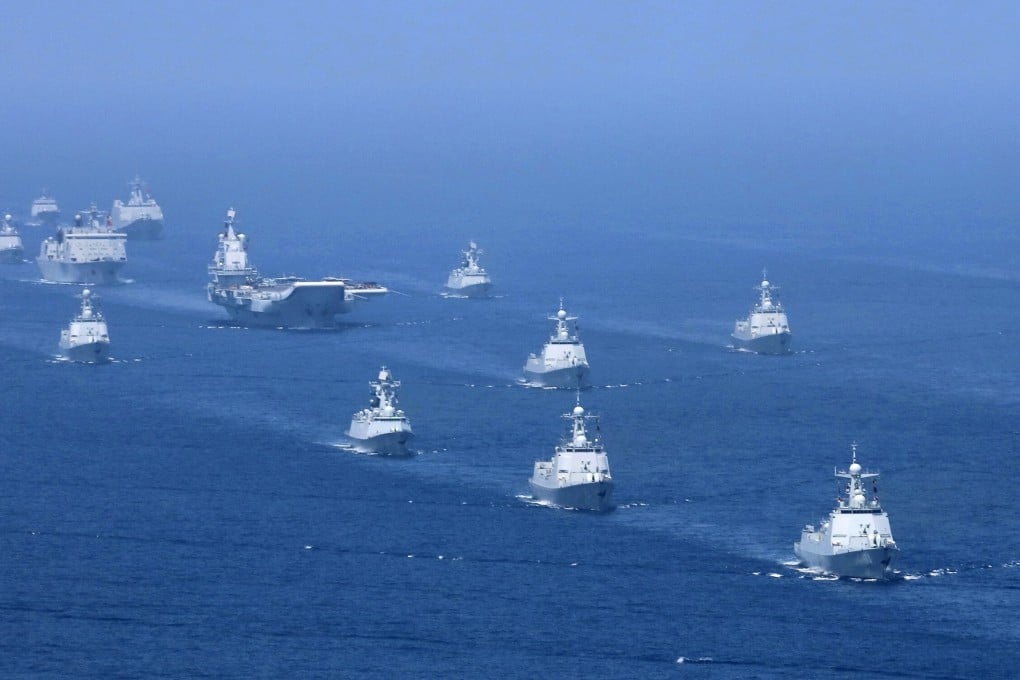Opinion | A missed chance in the South China Sea has come back to haunt Asean
- Hoang Thi Ha and Ian Storey examine the (dis)connect between the Asean-China Code of Conduct negotiations and the arbitration ruling

According to a leading member of the Philippines’ legal team who spoke with the authors while the case was under way, above all Manila sought a definitive legal judgment on the rights of coastal states within their exclusive economic zones and the legality of China’s nine-dash line as well as its so-called historic rights within that line.
When the arbitral tribunal handed down its verdict on July 12, 2016, the Filipino legal team received everything they had set out to achieve. The ruling declared that the nine-dash line was incompatible with the United Nations Convention on the Law of the Sea (UNCLOS), that Beijing’s claims to “historic rights” had been extinguished when it ratified the agreement, and that China’s activities in the sea had violated the Philippines’ sovereign rights in its exclusive economic zone.
The team’s euphoria was, however, all too short-lived.

02:19
Philippine President Duterte admits being at a loss getting Beijing to honour South China Sea ruling


